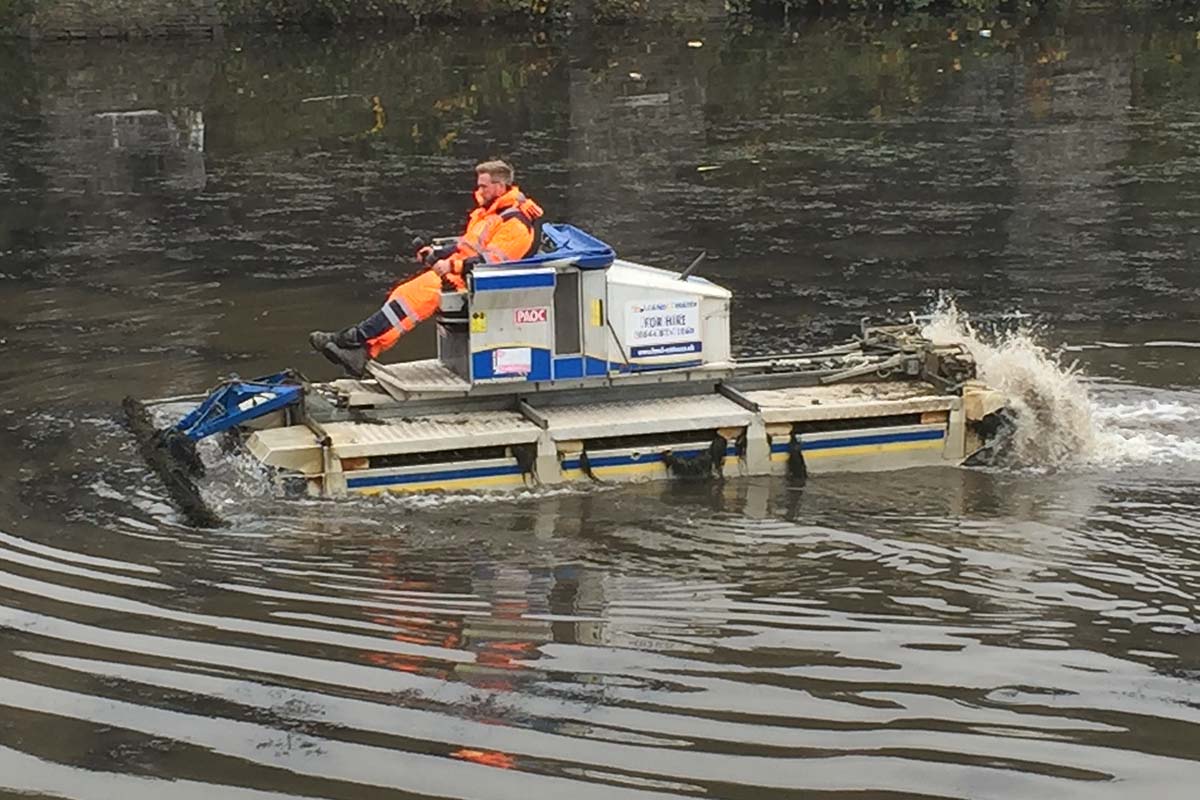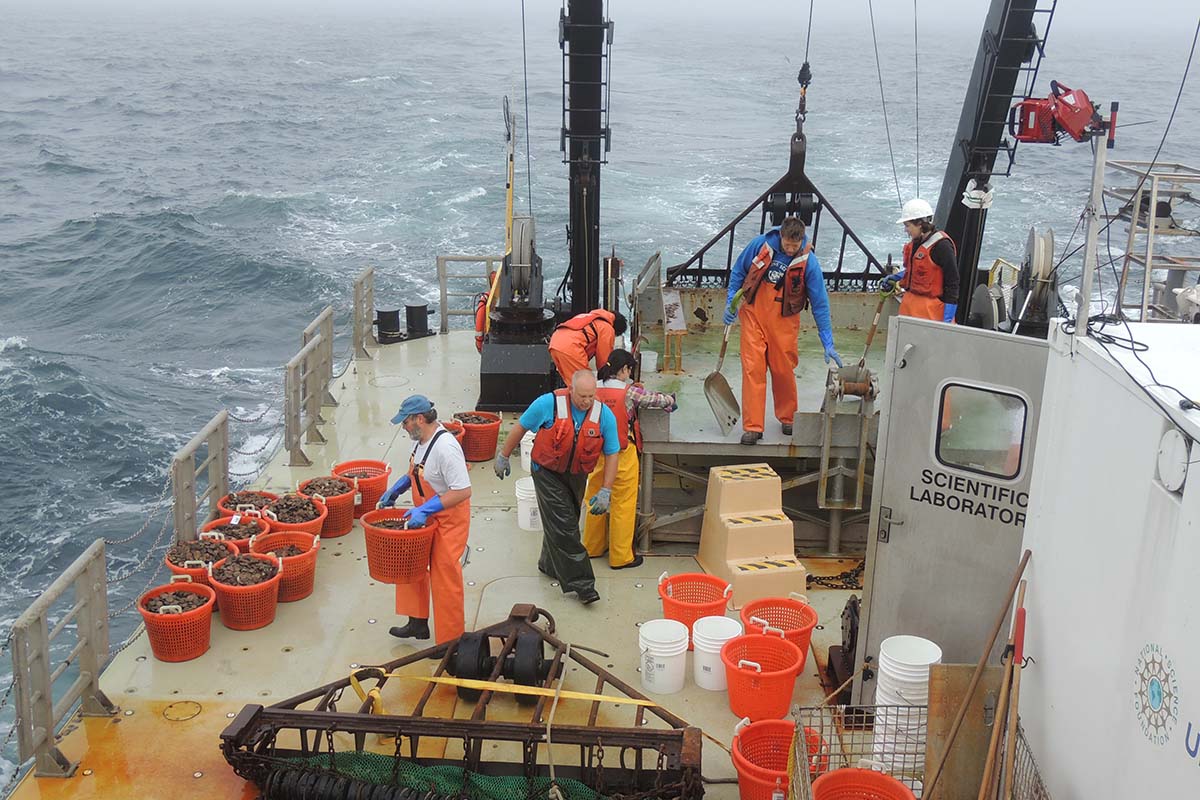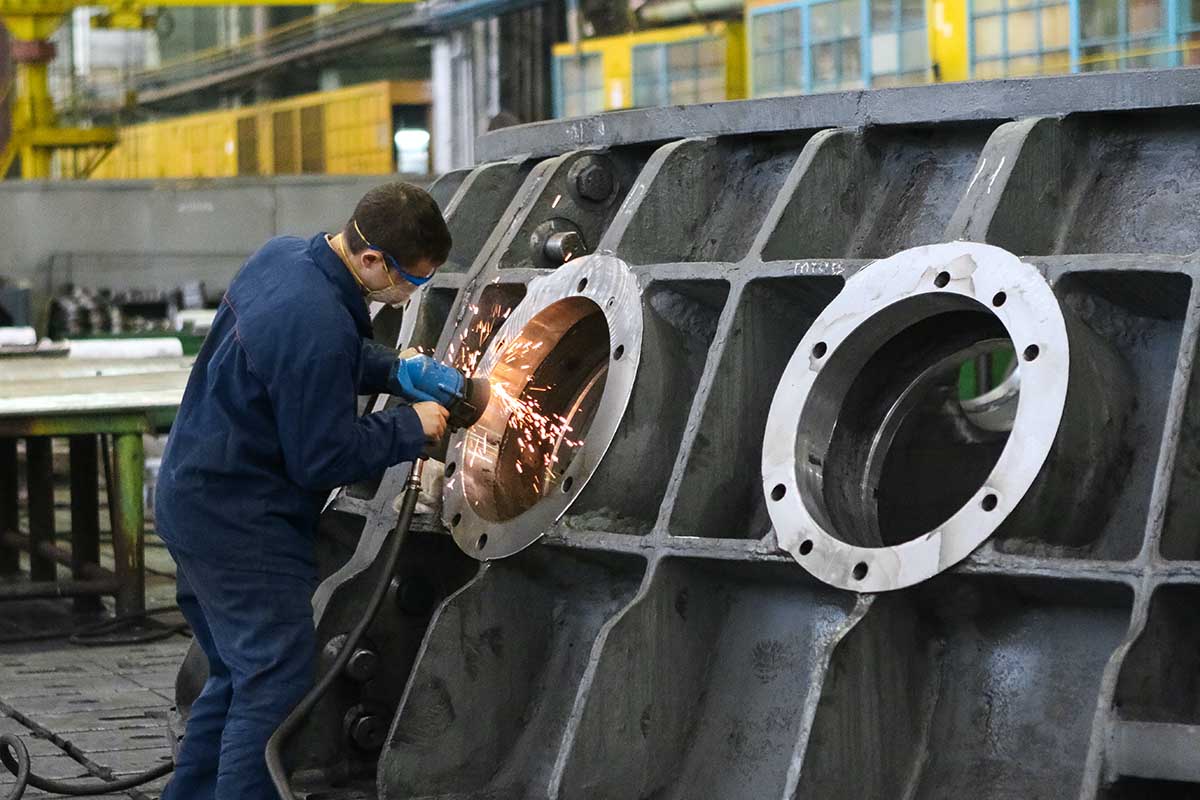Dredging projects are integral to the marine industry — from cleaning existing waterways to facilitating new construction, such as piers, jetties, and other harbor developments.
While the benefits and rewards associated with dredging projects are numerous, safety must always be kept at the forefront. And by gaining a better understanding of safe practices during these activities, the personnel involved in the project can ensure that it runs safely and efficiently while minimizing harm to them and their surrounding resources.
The Importance of Safety in Dredging Projects: Explain the Dredging Process and its Importance
In short, the dredging process is a crucial part of maintaining waterways and harbors worldwide. This process involves removing sediment and debris from the bottom of bodies of water to increase the depth and restore navigability.
It is essential for keeping cargo ships and pleasure boats moving safely and efficiently. But if you’re unfamiliar with how dredge accidents happen, you must learn the risks of this type of project. These may include entanglement in dredge equipment, inhalation of hazardous materials during the process, or injury caused by moving parts.
Discuss the Different Types of Dredging Methods
Depending on the needs and characteristics of the project, there are different dredging methods. Let’s take a closer look at each.
- Hydraulic dredging uses water to move the sediment and is suitable for silt and sand.
- Mechanical dredging uses equipment such as buckets or clamshell dredgers, effectively removing harder sediments like clay and rock.
- Environmental dredging is tailored to removing toxic substances from water bodies and is conducted using specialized equipment.
The choice of dredging method depends upon the nature of the water body and the project requirements.
The Hazards of Working in a Dredging Environment
Working in a dredging environment can harm one’s health and safety. Those who work in this industry are exposed to various dangers, including:
- Working at heights, especially if no fall protection system is in place.
- Risk of drowning or experiencing shock due to contact with electricity.
- Inhalation of toxic fumes and gases released during the dredging process.
- Entanglement in ropes and cables associated with the equipment used for dredging.
- Injuries are caused by moving parts of the dredging equipment.
Despite the risks, the dredging industry plays a vital role in maintaining waterways and managing environmental impacts, so it is a necessary aspect of modern society.
Safety Measures for Dredging Projects
Because of the heavy machinery involved, dredging can be a risky job. That’s why safety measures for dredging projects are necessary to keep workers protected.
Workers need to be familiar with the relevant equipment, the appropriate safety protocols, and — most importantly — how to respond to emergencies. In addition, equipment needs to be maintained and inspected regularly to prevent accidents. With these steps, dredging projects can safely keep our waterways functioning at their best.
Benefits of Investing in Safety Training and Equipment for Dredgers
Investing in safety training and equipment for dredgers may seem unnecessary, but the benefits are well worth it. When you prioritize safety, companies can both reduce the risk of accidents and protect their workforce. That aside, there are other advantages to look out for.
Reduced Downtime Due to Fewer Accidents
Companies can reduce downtime due to fewer accidents. This means the dredging project will run smoothly and efficiently without any delays.
Improved Efficiency in Operations
Safety protocols help streamline operations. When everyone is aware of and follows the necessary procedures, this helps ensure maximum efficiency in the process as a whole.
Cost Savings from Fewer Accidents
Safety protocols and equipment result in fewer accidents, which can lead to cost savings for the company. Accident-related costs, including medical bills, repair fees, and lost wages, can be minimized when safety is taken seriously.
Considerations to Make Before Starting a Dredging Project
Before embarking on a dredging project, it is essential to carefully consider several factors to ensure you make the most out of your investment. Here are some steps you need to take:
- Assess the environmental impact of the dredging process and the potential effect on marine life;
- Consider the purpose of dredging and whether it is the most appropriate solution for your issue;
- Analyze the local legislation and obtain the necessary permits for your project;
- Have a safety plan and ensure all personnel are familiar with it;
- Invest in the right equipment for your project and ensure it is properly maintained and inspected.
If you carefully consider these factors, you can create an effective and efficient dredging project plan that addresses all the necessary considerations. The dredging process is a crucial and complex operation, requiring specific equipment and know-how to undertake.
Dredging must be properly planned to ensure the success of a dredging project and meet its objectives. For this reason, safety should always be a consideration when embarking on new projects.
By investing in adequate training for personnel and appropriate equipment for your project, you can minimize risks and work safely on your dredging project. With careful planning, dedication, and safety knowledge, anyone can successfully execute a successful dredging project that meets both environmental protection standards as well as the goals of the project.



















